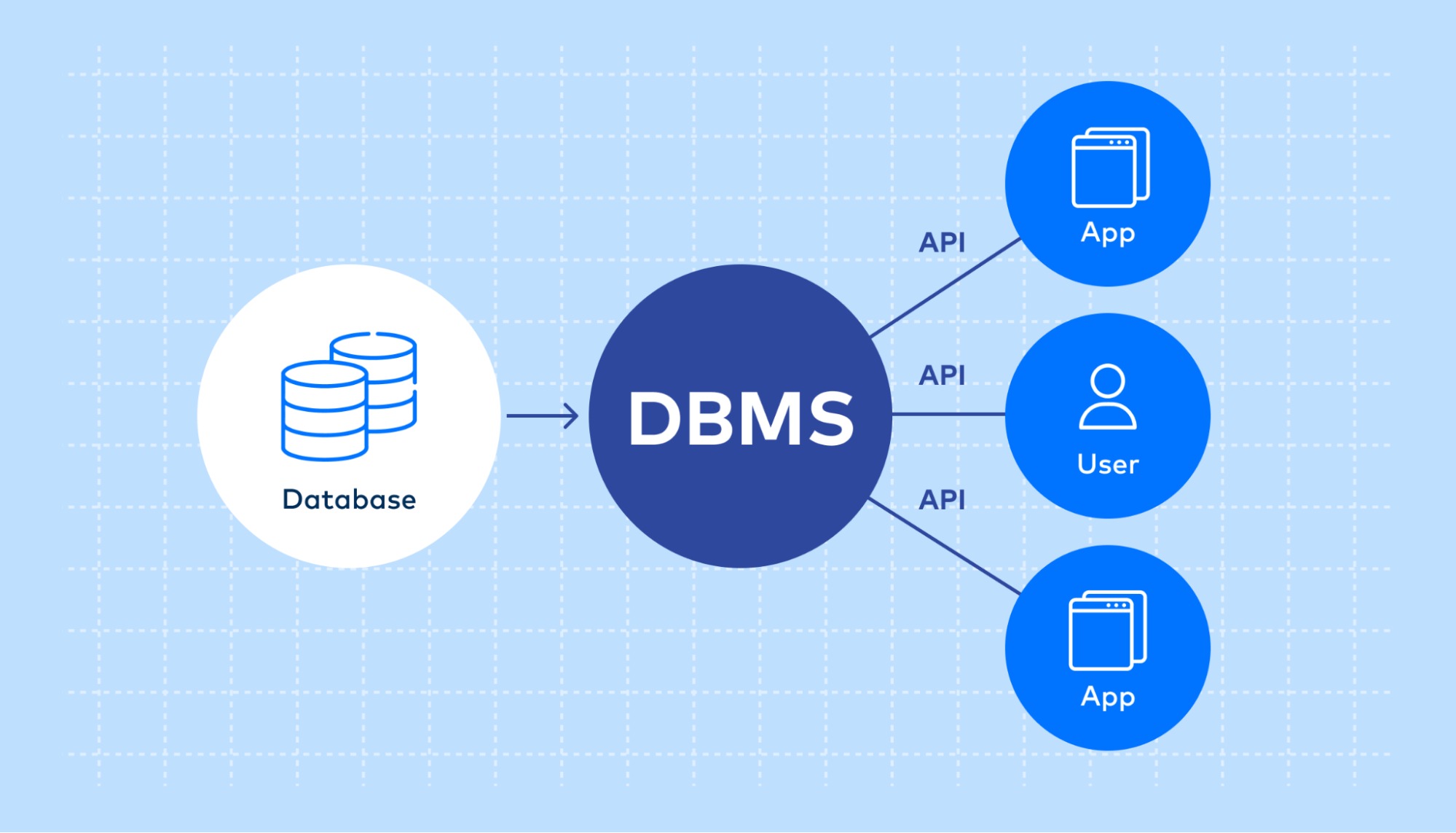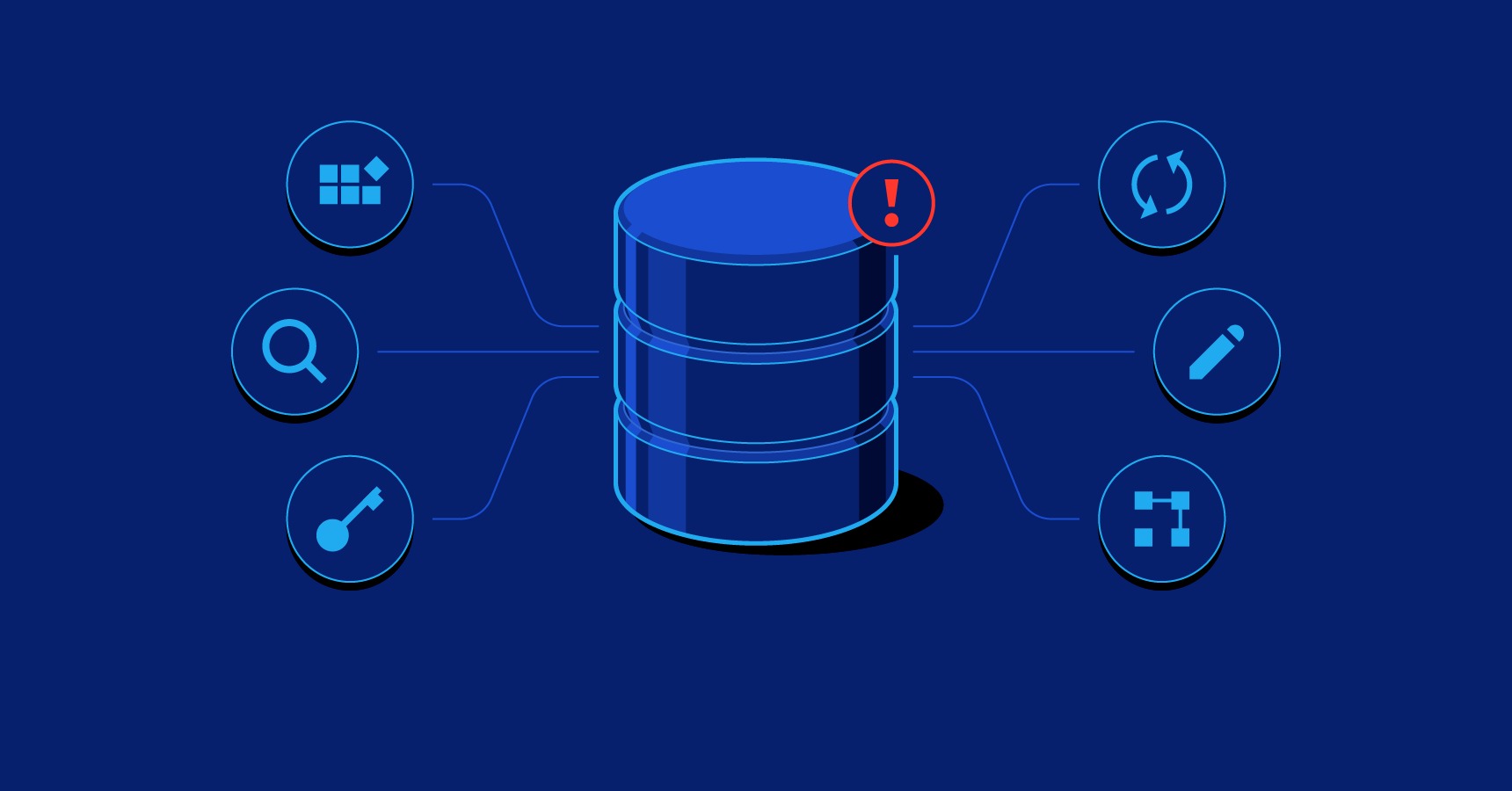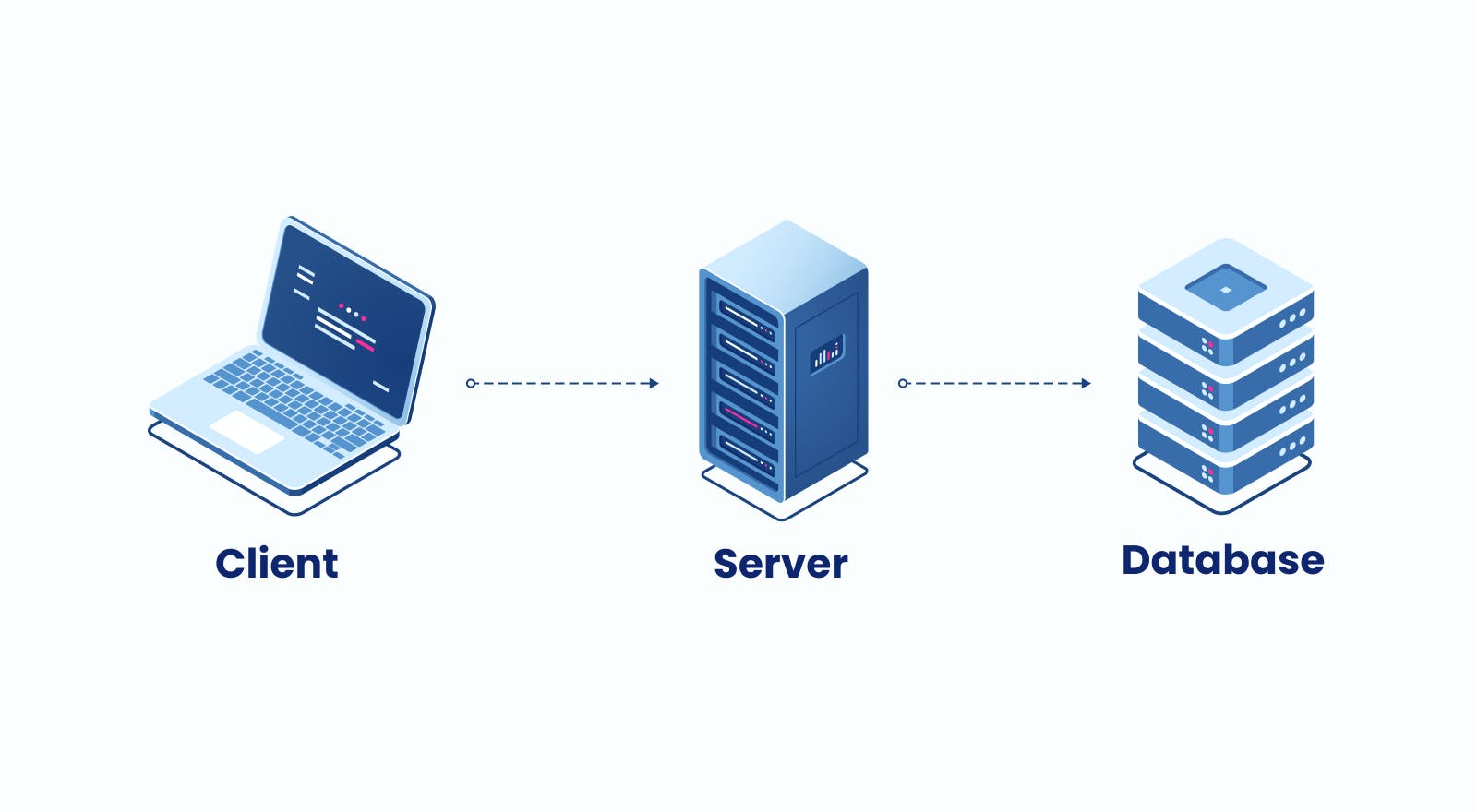
Businesses are looking for precise and current data to support their expansion, and this has made B2B data suppliers more crucial. These suppliers give users access to data about businesses, individuals, goods, and more.
Businesses may identify new possibilities, boost sales, connect with more clients, and obtain insightful knowledge by obtaining the appropriate B2B data. With the correct information, companies can develop campaigns that are specifically targeted, tailor their messaging to individual recipients, and monitor the campaigns' success.
Personalization is critical when reaching out to potential customers, and using suitable sources for B2B data can make a big difference. In this article, we will explore the benefits of B2B databases, how to build them, and how to use them effectively for your business.
What Is A B2B Database?
The phrases "B2B Data" and "B2B Databases" are frequently used in the business sector due to their significance and frequency, but what exactly do they mean? A collection of information on companies, especially those in a specific target market and their personnel, is known as business-to-business (B2B) data. This may be applied to several sales and marketing initiatives. It is a database or collection of distinct information with a range of data points.
The B2B Data Exchange Market size is estimated to reach a multimillion USD figure by 2029.
On the other hand, B2B databases, often known as datasets, are collections of intelligible business information derived from B2B data. Names of the companies, their sizes, industries, financial information, phone numbers, email addresses, technographic information, and firmographic information are all included in this. It comes with information you can use to contact the person, and it may be helpful when attempting to assess if they are suitable sales leads.
Business Data Types
Demographic Data
A collection of static data known as B2B Demographic Data aids businesses in determining if a contact or lead would be appropriate for their whole addressable market.
It is made up of LinkedIn profiles and personal information about an individual. This kind of information contains details like age, gender, geography, and income level and focuses on the traits of a business's clientele and workforce. Typically, campaigns, lead scoring, nurturing, and marketing plans are built using this collection of data.
Firmographic Data
Information about the firm, including its name, address, industry, size, workforce, performance, income, and sales figures, is divided into several sections. Although the emphasis is on corporations, segmentation and targeting are also utilized.
Technographic Data
This kind of B2B data comprises details regarding the digital footprint and technological stack of an organization. This is done in order to learn more about a company's IT requirements and preferences. Businesses in the dev-tools industry will find this very helpful.
Chronographic Data
The events and modifications on this track take place throughout time. It contains information on changes in the company's location, recruiting patterns, financing for both current and former employees, acquisitions, IPOs, and appearances at events. It is employed to comprehend the schedule of an organization's operations, including the acquisition, contract renewal, and technology update cycles.
Intent Data
Based on the material that users interact with, this monitors their online activity and forecasts when they will make a purchase. It assists in identifying pertinent trends and is based on the types of research habits and queries that clients make to visit your website or utilize your items. This is used to assess a user's or a company's purchasing intent.
Fit Data
B2B match Data is information that validates a prospect's suitability for a particular set of factors, such as business size, industry, revenue, and location, in order to determine whether the prospect and the product or service are a good match. Although the data is comparable to the other categories listed, its purpose is fit evaluation rather than strategy development.
Opportunity Data
This kind of data provides information about a company's performance. Data on staff promotions, sales, profitability, customer retention, new product launches, funding, and mergers are all included. Opportunity data is used to learn more about a company's competitive environment, market position, and room for expansion in order to determine its potential for growth.
Behavioral Data
Behavioral B2B datasets give you information on how specific customers engage with your offering. Page views, click-through rates, time spent on a page, conversion rates, subscription information, and past sales are a few examples of what it may contain. Tools for website analytics may be used to assess this. It helps you better understand customers' preferences, tailor their experience, and build stronger bonds with them.
Interaction Data
This kind of data examines consumer-business interactions, including emails, phone calls, website visits, and messages sent and received. It is employed to spot patterns in consumer behavior and create plans for enhancing sales output.
Attitudinal Data
This kind of information focuses on how customers feel about the goods or services that a business offers. It may consist of customer satisfaction surveys or reviews that provide consumers with opinions about a good or service.
It also helps measure product attractiveness and elaborates on preferences and buying criteria. This is utilized to ascertain which messaging or goods a firm is most likely to find appealing or which services or products they are most likely to be interested in purchasing.
How Do You Create A B2B Database?
One of the primary causes of inadequate sales pitches is inaccurate B2B marketing databases. In addition to making account conversion difficult, outdated data also results in lost income, missed opportunities, and wasted effort. Here are three simple methods to creating a high-quality B2B contact list from the beginning.
Start By Outlining Your Ideal Customer Profile
An Ideal Customer Profile (ICP) narrates which businesses—not end users—will profit most from the services you provide. This is a crucial stage that guarantees the whole effort and resources of your marketing team are directed at businesses that have a higher likelihood of buying and utilizing your goods or services. Since your representatives won't be wasting time and money on leads who weren't going to convert anyhow, this makes a lot of sense.
Bring The Right Accounts In
Having determined the characteristics of your ideal client, the next step is to compile a list of businesses that fit that description. Next, concentrate on the key departments—those most likely to make use of your solutions and pinpoint the decision-makers inside them.
Collect Relevant B2b Data
It's time to gather their contact information now that you've determined who you need to contact and whose accounts are your targets. It's undeniable that this is the most challenging aspect of building B2B marketing databases.
Suppose you're bent on creating a B2B contact list by hand. In that case, you'll need to be prepared to do everything, from searching for email addresses and phone numbers in press releases and interviews to scraping the websites and social media accounts of your prospects.
Alternatively, you might save yourself the trouble and obtain the information you want from a provider of B2B contact databases. A trustworthy B2B database supplier bridges the gap by providing current leads' contact information that would otherwise be difficult or impossible to get.
How Do You Tell If Your Database ForB2B Contacts Is Out-Of-Date?
These seven indicators point to an outdated B2B contact database:
- A large number of returned or bounced emails may indicate that your contact information needs to be updated or updated.
- Reduced engagement or response rates from your contacts may be a sign that your material needs to be updated since it no longer appeals to the target audience.
- Inconsistent or redundant data in your database may be a sign that revisions or adjustments need to be documented appropriately.
- You may be reaching out to B2B contacts who have already moved on or altered their preferences if you consistently get low conversion rates or sales from them.
- Suppose the persons' contact information does not match their current job titles or positions with the firm. In that case, they may have moved to a different role or organization, so your contact information needs to be updated.
- If B2B leads who previously showed interest don't respond to you or reject you, it can mean that their contact information needs to be updated. This will make it harder for you to follow up with them and develop a business connection.
- It might be challenging to get in touch with the appropriate decision-makers and develop a channel of communication when there is inaccurate corporate information or an incorrect phone number.
What Will You Be Able To Do With A B2B Database?
Your sales staff and other essential departments may improve all facets of B2B marketing and selling with the help of a high-quality B2B database. The most common uses of B2B data are listed below.
Lead Generation
You may create lead lists with qualified prospects by looking at B2B data from a data source. As a result, B2B databases may significantly enhance your lead generation efforts by giving your sales team comprehensive knowledge about the organizations they need to approach in addition to quality prospects.
Market Research
B2B information is essential for superior market research. B2B data suppliers may assist you with everything from competitor intelligence to market entry strategies. Leading data suppliers offer more than just database services; their analytics teams can counsel and support your study.
Data Enrichment For Better Customer Support
Beneficial data enrichment is made possible by integrating your customer relationship management system with a B2B database from a reputable B2B data supplier. Gaining greater insight into your current and prospective clientele helps you to close more sales, deliver superior customer service, and cultivate lasting business partnerships.
Identifying Key Decision-Makers In The Company
Leading B2B data suppliers may maintain B2B databases that provide a steady flow of current information on who is making decisions in different firms. First, there is company data such as job titles and B2B contact information such as emails and direct dial phone numbers.
However, excellent database providers will also provide psychographics and demographic information on the essential decision-makers. By giving them this information, you may establish a more personal connection with them and increase the likelihood that they will do business with you.
Getting Intent Data Triggers
Data on B2B intent shows indications that a potential customer is almost ready to purchase from you.
Behavioral data that demonstrates how customers behave online on the corporate website or other pertinent online platforms makes up intent data. Acquiring a database containing B2B intent data from reliable data suppliers allows you to take advantage of the ideal time to close deals by responding to significant sales triggers.
Technology Tracking
Technographic data is an essential component of business-to-business (B2B) data that lets you monitor rivals' and customers' technology stacks. You can get databases with up-to-date technographic data from B2B data suppliers who have a technology tracking system.
Top B2b Data Providers In The Market
Zoominfo
One of the top suppliers of B2B contact databases, ZoomInfo provides reliable and thorough information. Its extensive database and state-of-the-art technologies provide a wealth of company and contact details, including social media accounts, emails, phone numbers, and job titles.
ZoomInfo makes sure that users have access to the most recent data by routinely updating and verifying its data. Furthermore, it offers powerful search and segmentation tools to target specific industries, occupations, or geographic areas with your marketing campaigns.
Linkedin Sales Navigator
With its vast professional network and detailed profiles, LinkedIn Sales Navigator offers a comprehensive database that enables businesses to target their potential customers with accuracy. The platform provides valuable insights and suggestions, facilitating more accessible communication and agreement completion between sales teams and decision-makers.
Additionally, LinkedIn Sales Navigator gives users the ability to engage with prospects and cultivate relationships by offering robust search filters and messaging choices.
Kaspr
A B2B prospecting tool with contact data harmonized with CCPA and GDPR is called Kaspr. It is a lead management dashboard and a LinkedIn Chrome Extension. Accurate phone numbers and email addresses are instantly available to you with the Chrome Extension. To retrieve contact and company data, utilize Kaspr on Sales Navigator, Recruiter Lite, and LinkedIn.
Additionally, Kaspr offers excellent automation options for B2B data enrichment and for automating outreach tasks. By establishing processes on the dashboard or directly from the widget, you may enhance your contacts.
Cognism
Cognism is a platform for sales intelligence. It contains contextual and contact data, as well as Bombora-powered intent data. Cognism may be used to create lists of leads and accounts. Moreover, Cognism has Diamond Data®. The 98% accuracy rate of the mobile phone data comes from carefully verifying these numbers.
The online applicationand browser extension make up the Cognism platform. In addition to LinkedIn, the plugin is compatible with Sales Navigator, Salesforce, HubSpot, Outreach, and business websites.
Lusha
For small teams, Lusha is a B2B marketing database. Sales development representatives may locate a prospect's contact information on LinkedIn or any other website by using the Chrome Extension. Lusha's seven-step data verification method also makes it possible to obtain completely compliant data for decision-makers.
Limitations In B2B Databases
B2B databases are fantastic, but they have limitations of their own and are not a magic bullet for success. These are a handful:
Restricted Access To Data
Only around 50% of the B2B data that is accessible is reliable, and a lot of the data is out-of-date or incomplete, according to a Forbes analysis. This may reduce the value of any conclusions drawn from the data and make it more challenging for businesses to make wise decisions.
Expensive
Accessing many B2B databases may involve paying a substantial upfront fee. For smaller businesses that need more funds to invest in these databases, this could be prohibitively expensive.
Time-Consuming
Compiling and arranging business-to-business (B2B) data can take a lot of time since it involves going through several websites, directories, and social media platforms by hand. If a significant volume of data is being gathered on a regular basis, this may take a lot of time and be challenging to maintain.
Data Quality
The data may be out-of-date or lacking, raising doubts about its quality. This may result in erroneous insights, which have serious ramifications for businesses that depend on the data to make decisions. According to a Gartner study, losses resulting from subpar data quality amount to an average of $15 million annually. Additionally, according to LinkedIn, at least 30% of the total data ages each year.
Privacy And Security
Since several parties frequently share B2B databases, private information may be accessed without authorization, or data breaches may occur. Businesses must make sure they have sufficient security measures in place to guard against data theft or abuse.
FAQs About B2B Database
What Types Of Data Are Included In A B2B Database?
It includes demographic, firmographic, technographic, and various other data types relevant to businesses.
How Do Businesses Create An Effective B2B Database?
Businesses create a B2B Database by defining their Ideal Customer Profile and gathering targeted, relevant data.
What Indicates An Outdated B2B Database?
Signs of an outdated B2B Database include high email bounce rates and reduced engagement or response rates.
What Are The Uses Of A B2B Database In Business?
A B2B Database is used for lead generation, market research, and identifying key decision-makers.
Conclusion
When it comes to sales and marketing, a B2B contact database is priceless. Sales and marketing teams can obtain precise contact details about prospects and target firms from a data provider. The quality of the data directly impacts future email marketing replies and open rates.
It is vital to choose a data provider who can provide low prices, a wide breadth of data, and a guarantee of data quality. The role of a B2B database in enhancing sales and marketing strategies is undeniable. By offering detailed insights into potential clients and businesses, these databases empower teams to tailor their approaches, ensuring more effective and targeted campaigns.
The quality of the data sourced is pivotal, directly influencing the success of email marketing and other outreach efforts. Therefore, selecting a reliable data provider is crucial, one that not only offers comprehensive and accurate information but also ensures affordability and data integrity.



